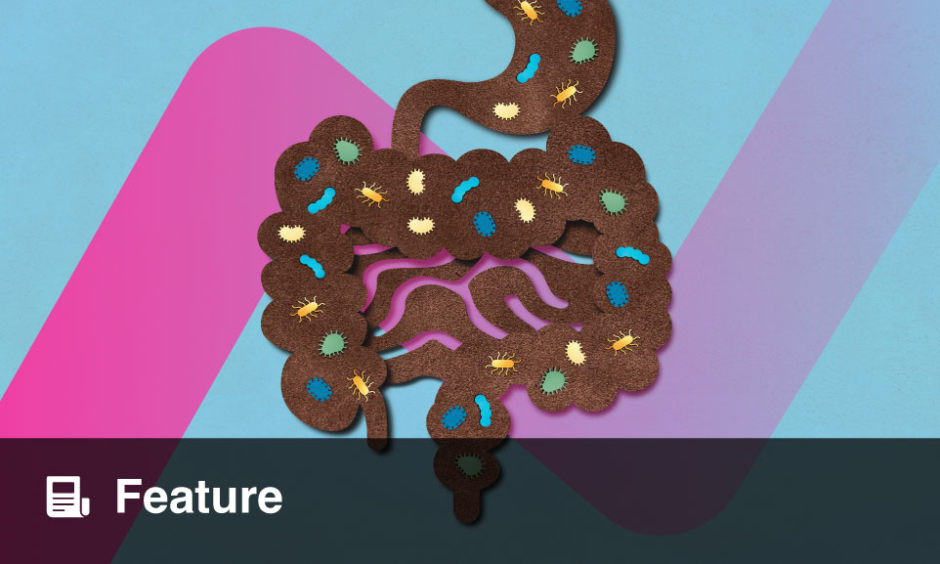Inflammatory bowel disease (IBD) describes two inflammatory conditions of the gastrointestinal tract: ulcerative colitis (UC) and Crohn’s disease (CD). For patients with UC, chronic inflammation of the rectum and colon results in faecal urgency, recurring diarrhoea, and abdominal pain. For patients with CD, mucosal inflammation may occur anywhere along the gastrointestinal tract and common symptoms may include diarrhoea, abdominal pain, fatigue, and weight loss. The vast majority of patients with IBD have mild-to-moderate disease at diagnosis: 85% of patients with UC and 70−80% of patients with CD. Evidence-based guidelines for the management of UC recommend 5-aminosalicylic acid (ASA) treatment (mesalazine) as a first-line therapy. There is evidence to suggest that 5-ASA treatment can be optimised in patients with mild-to-moderate UC by optimising the dose, combining oral with rectal therapy, and increasing treatment duration. For ileocaecal CD, guidelines recommend budesonide as a first-line treatment for mildly and moderately active disease. Systemic corticosteroids may be prescribed as an alternative to budesonide in patients with moderately active disease and as initial therapy in severely active disease. As with all chronic therapies, poor adherence impacts treatment efficacy in IBD as a result of a number of patient and treatment-related factors. Approaches to improve adherence include boosting patient motivation and education and reducing treatment complexity. Key factors for ensuring successful treatment of both UC and CD include understanding predictors of outcome, selection of the right drug, at the right dose, at the right time, and having well-informed and motivated patients.
In this issue
Rate this content's potential impact on patient outcomes
Average rating / 5. Vote count:
No votes so far! Be the first to rate this content.
Latest articles
All articles



